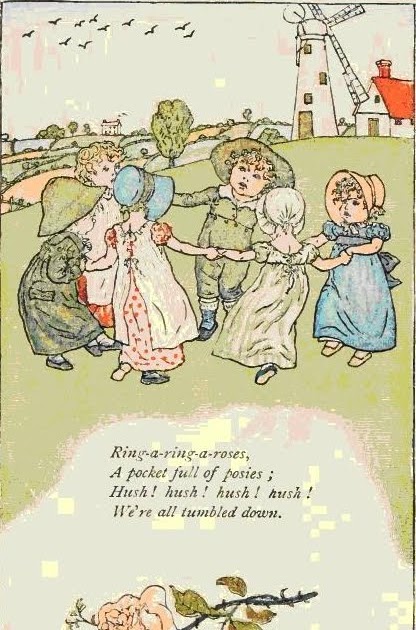
MARTIN: So what's the take away - that kind of children everywhere - there's some universal quality to the sound of these words and repeating them in a pattern? Folklorists, too, went on the playgrounds to study what these kids were singing. And there's versions in France(reciting poem with French dialect). So I'm going to completely butcher the pronunciation, but there's versions of it that folklorists heard in Denmark, for example, like, (reciting poem with Danish dialect). MARTIN: Can you find it in other languages or is this exclusively something that lives in English? Catch a tiger by the - it has rhythm built into it. You know? You start saying eeny meeny, and then you go miny mo. RAPHEL: I'd say it's somewhere between a poem and a song and a chant because it's hard not to do it. MARTIN: Is it fair to call it a song? I mean do people kind of sing it? And in some cases that becomes extremely problematic. And then the words that recognized take on a life of their own. So then you stick words that you recognize into the nonsense syllables. You know, they're like these nonsense syllables that then sound like words that you recognize. But it's really hard to - and the history of it is much more complicated than that because the sounds in this rhyme are really sticky. And that then caused a lot of entomologists to do kind of back formations, and say, well, because it had this racial slur, we think it may have had all of these other, you know, African American origins and all of this stuff with it. RAPHEL: An earlier version of the rhyme that children recited on playgrounds did include a racial slur sometimes. Walk us through the journey of this rhyme. I understand that one of the earlier versions of the rhyme included a racial slur.

MARTIN: So how did it morph? I mean, there've been several iterations of this since, over these many, many hundreds of years. And it sounded a little like this.ĪDRIENNE RAPHEL: Yan, tan, tehtera, methera, pimp, sethera, lethera, hovera, dovera - so you can kind of hear the eeny meeny miny mo in it, right?

And she says you can trace the rhyme's origin way back to when shepherds used it to count hundreds of years ago.

Raphel wrote about eeny meeny miny mo for The Paris Review. But where does it come from?Īdrienne Raphel is a poet and PhD student in English at Harvard University. MARTIN: Every kid seems to know this rhyme, or at least a variation of it, including the kids you just heard - 11-year-old Cecilia Clemens and Anna Kulbashny, 10-year-old Emile Beaubien and Sarayu Mudiya, age 6. You could rock, paper, scissors for it, or you could do the following.ĪNNA KULBASHNY. You're playing a game, and it's time to figure out who goes first.


 0 kommentar(er)
0 kommentar(er)
